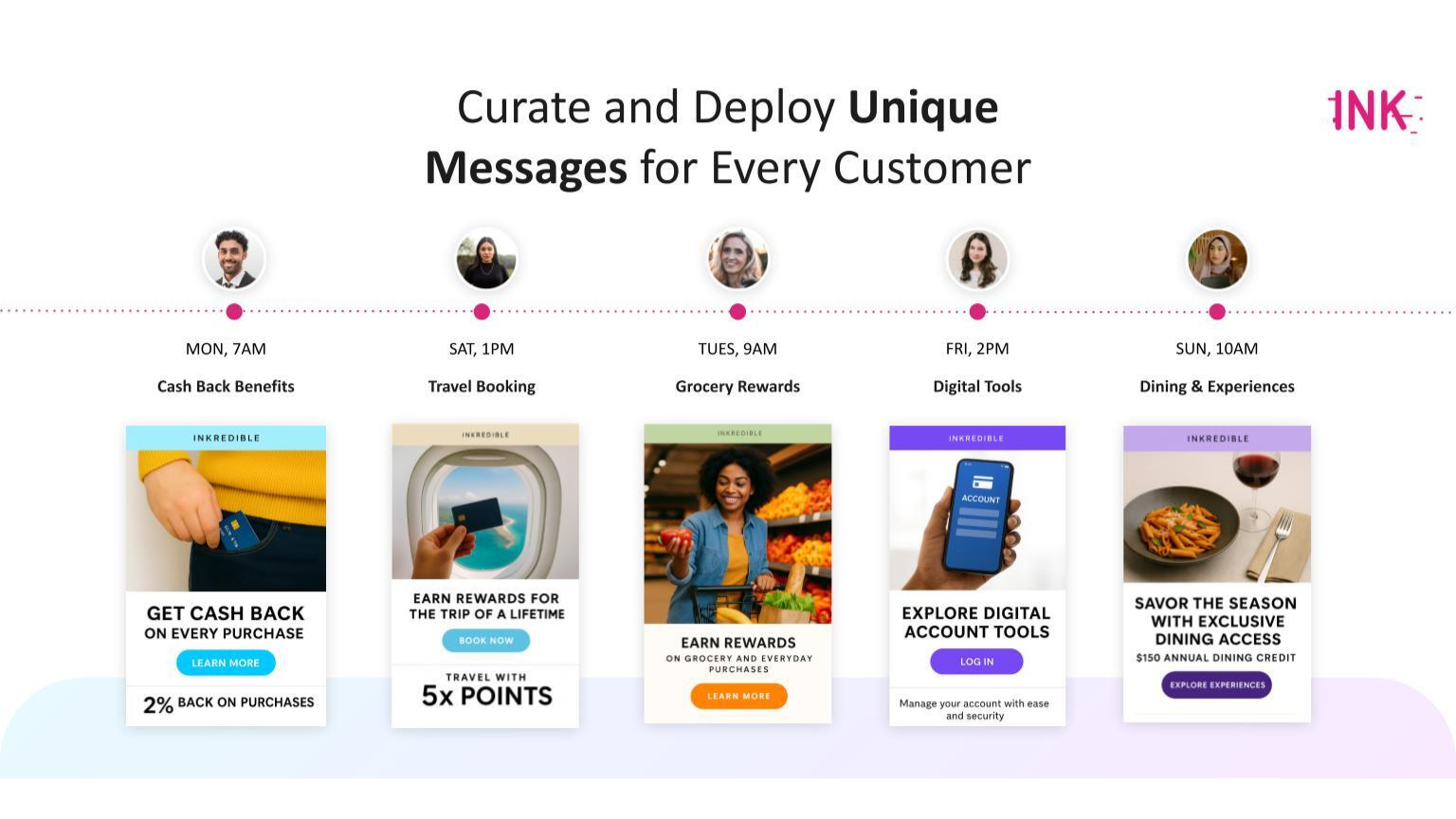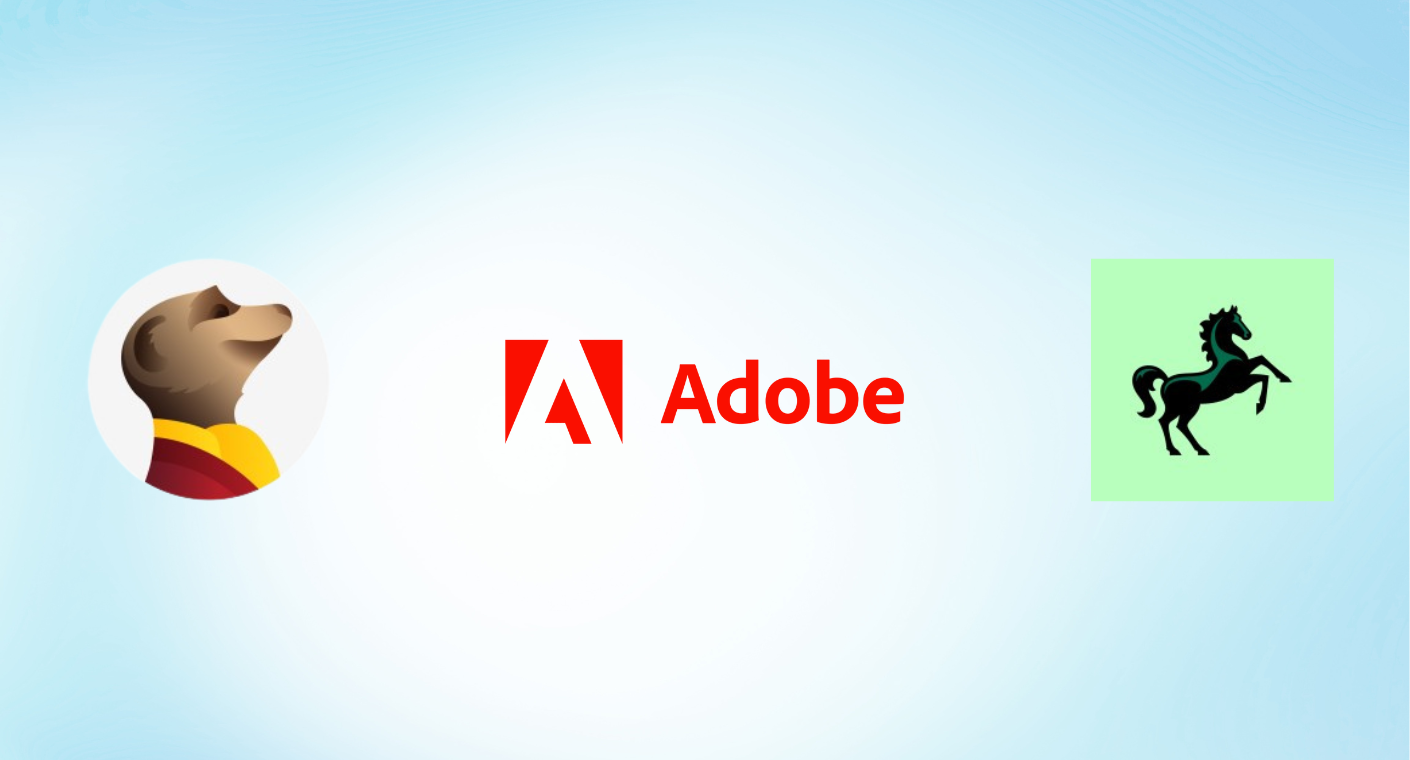In financial services—where data-driven decisions, compliance, and customer expectations intersect—the appetite for AI is growing rapidly. Salesforce reports that financial services organizations leveraging AI experience a 26% boost in productivity, and that 76% of customers expect AI to become a standard part of their financial services experience to enhance speed, convenience, and overall ease of use.
Where AI Is Making an Impact
AI’s footprint in financial services marketing is expanding fast. From personalization and predictive analytics to content creation and customer service, marketers are finding tangible value across the board.
Here’s a breakdown of where and how AI is being applied today:
.png)
From Automation to Transformation
We’re now entering the next phase of AI adoption in financial services marketing: moving beyond task automation to strategic transformation. Rather than simply accelerating traditional marketing processes, financial services marketers are starting to reimagine the campaign model itself. Emerging trends we’re seeing include:
- Autonomous Campaign Generation: AI doesn’t just write content—it determines who should receive it along with when and how
- Real-Time Journey Orchestration: AI adapts customer journeys dynamically based on behavior, engagement, and data signals
- Multimodal AI Experiences: Text, image, and voice AI are combined to create immersive, cross-channel experiences
Traditional marketing workflows in financial services are often slow and resource-intensive. From idea to execution, a campaign can take weeks—or longer. Here are a few examples of how AI changes the equation:
.png)
Bringing the Future of AI-Driven Marketing to Life
Platforms like Da Vinci are ushering in a new era of marketing by replacing outdated workflows and rigid, calendar-driven campaigns with intelligent, automated systems that truly put the customer at the center.
Built for marketers ready to move beyond static content calendars, Da Vinci empowers teams to:
- Deliver the most relevant creative to each individual
- Shorten production cycles through automated content testing and selection
- Learn and improve with every send through a continuous feedback loop that refines content over time
- Drive ongoing performance improvements powered by machine learning—not guesswork
Best of all, this all happens within brand guidelines and governance set by the marketer.
How AI-Driven Marketing Transforms the Traditional Credit Card Benefits Email
The typical credit card newsletter or recurring benefits/loyalty summary is a key opportunity for AI-powered enhancements. These campaigns are often lengthy, one-size-fits-all emails that highlight every benefit a cardholder might use: travel rewards, retail discounts, dining partners, digital account management tools, and more. These emails are usually structured around the issuer’s business priorities and aggregated customer insights, with limited segmentation or personalization applied manually. In this case, marketers curate everything, from content and subject lines to send times and frequency. But a smarter approach is within reach.
With AI, marketers can upload a comprehensive content library covering every benefit and feature available. Then, AI dynamically curates the right content mix, pairs it with personalized subject lines, and optimizes the send time and frequency for each individual customer.
For one cardholder, this week’s email might feature travel rewards front and center, while another customer’s message highlights dining partners and cashback offers. One recipient may get these emails weekly in the morning, while another receives them bi-weekly in the evening—each schedule tailored to their unique behavior. All of this happens automatically, eliminating the need for manual content curation, while marketers maintain full control through business rules and compliance guardrails.
This customer-first, AI-powered approach not only maximizes ROI but also frees marketing teams to focus on strategic innovation. They have the bandwidth and resources to move beyond repetitive tasks and decisions based on limited testing or insights.




.png)
.png)






